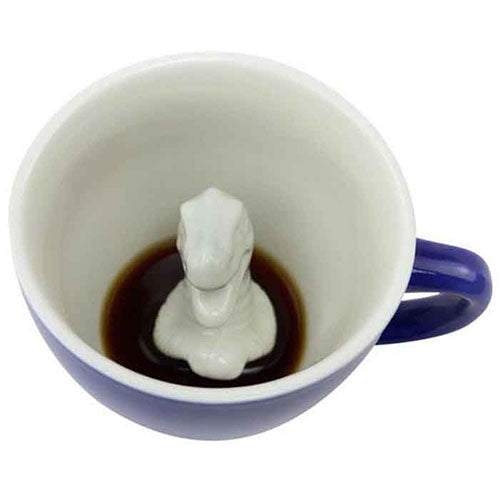
Like Comedy, The Secret To Coffee Is…Timing
Share
Is there a problem using coffee just after roasting? … Why wait between roasting and brewing? …if coffee gets better with age, why doesn’t it KEEP getting better with age?
Waiting, letting the coffee “rest” or “degas” does help in creating a better flavor.
It’s counter-intuitive to the idea of fresh coffee, but letting the roasted beans sit for anywhere from a day to even 3-4 days will make a big difference as to when the coffee is at its peak aroma, flavor, and taste. Some espresso blends really DO hit their stride at a week or more after roasting. It all depends on your personal taste but time is definitely a part of the recipe.
As an experiment try brewing three pour overs at 6 days, 3 days, and one immediately out of the roaster. Just roast them on different days and try brew all three at the same time to taste the difference. Easy experiment.
What you’ll see accentuated on the just-out-of the-roaster one is an effect called “bloom.” That’s the coffee puffing up like a mushroom due to the co2 escaping as hot water hits them. There will be less, or none, on the other two.
That’s one part of the answer if there’s a problem going straight from the roaster, it’s because of bloom. As the hot water hits the yet-to-degassed coffee all that gas tries to release. The escaping gas prevents the water from fully saturating the grinds before dripping on through. As the water is trying to get in to saturate the grounds the gas is pushing back just as hard. So, while it looks wet, it’s not as wet as it could be and the water isn’t leaching out the good stuff as effectively.
…It can be argued that once ground, the coffee should be as degassed as its ever going to be. In practice, it doesn’t prove to be true.
Once you’re past the coffee degassing, which takes about a day, then it’s a matter of where you think the coffee is hitting the mark before grinding it up. You’ve probably already noticed that a few days after you’ve roasted you get that experience of, “Wow, THAT’S a good cup of coffee!” All you have to do is start taking notice of that experience for each kind of coffee you roast, how you roasted it, and plan ahead for it.
Like many things, coffee, cheese, wine… there’s a bell curve to quality. Each person will cry Eureka! at different points. It’s personal preference. But consider that coffee oils are in fact oils, and oils go rancid over enough time.
Another experiment: Go to the grocery store to the plastic bins of coffee. Some people are attracted to those sticky wet beans clinging to the side all gooey with oil as a sign of quality. Nope. It’s a sign of stale coffee. Even if they put newer beans in the hopper there’s the One Bad Apple effect. Pop one in your mouth. Crunch it up. It will be flat and bitter and may even give you that sour stomach feeling. And this is a good point in clean equipment. Clean Your Brewer and your grinder! We recommend Dezcal Descaler
Those are the two ends of timing. In the middle is your fresh perfect cup. ...Maybe even with a dinosaur in it?

